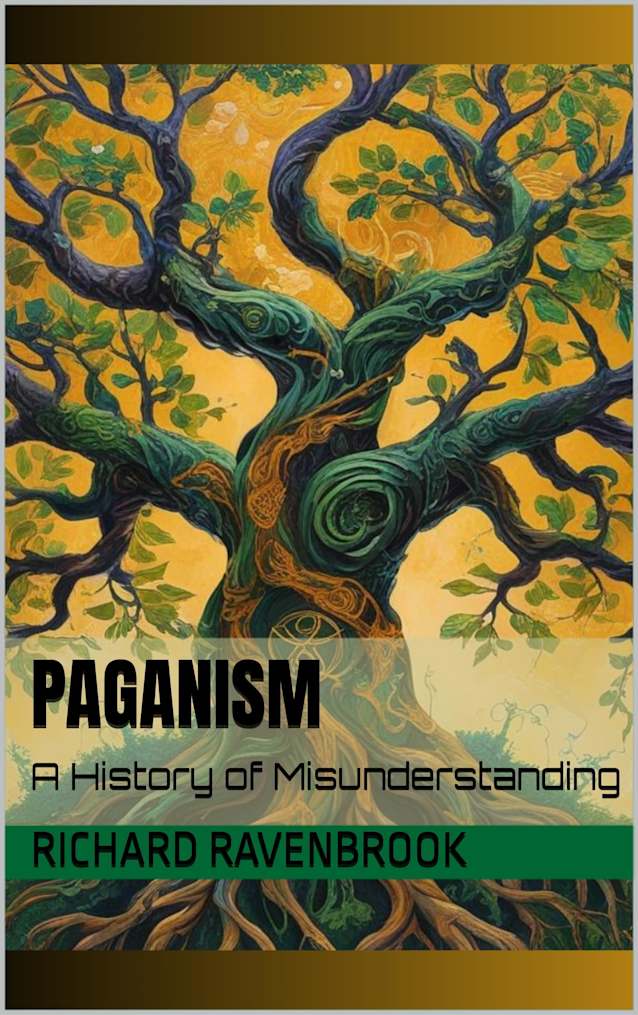Paganism : A History of Misunderstanding
About
This book embarks on a journey to unveil the multifaceted world of pre-Christian Europe, a world often obscured by centuries of dominant narratives. We will explore the rich tapestry of pagan belief systems, moving beyond simplistic and often prejudiced portrayals to uncover the diverse spiritual practices and cosmologies that shaped the continent’s cultural landscape. The term “paganism” itself is a modern construct applied to a vast array of geographically and chronologically dispersed traditions, making a unified definition inherently problematic. This introduction establishes the methodology employed in this study, addressing the challenges of interpreting fragmented sources and acknowledging the biases inherent in the available evidence, particularly those originating from Christian accounts written to disparage and discredit pre-existing faiths. We will explore the types of sources available – from archaeological artifacts and settlements to textual accounts, both pagan and Christian – and how they inform our understanding. We will examine the crucial distinctions between pagan and Abrahamic religions, analyzing core differences in their cosmologies, conceptions of the divine, approaches to ritual, and social structures. By focusing on the unique characteristics of specific pagan traditions – Celtic, Germanic, Slavic, Italic, and Iberian, among others – we aim to demonstrate the extraordinary diversity that existed within pre-Christian Europe. We will then trace the impact of Christianity on the suppression of paganism, exploring the methods employed by the Church and the subsequent transformations and reinterpretations of religious beliefs and practices. The ultimate aim is to offer a more informed, respectful, and accurate understanding of this complex and fascinating aspect of human history, one that challenges ingrained biases and contributes to a richer appreciation of Europe’s diverse spiritual heritage.
